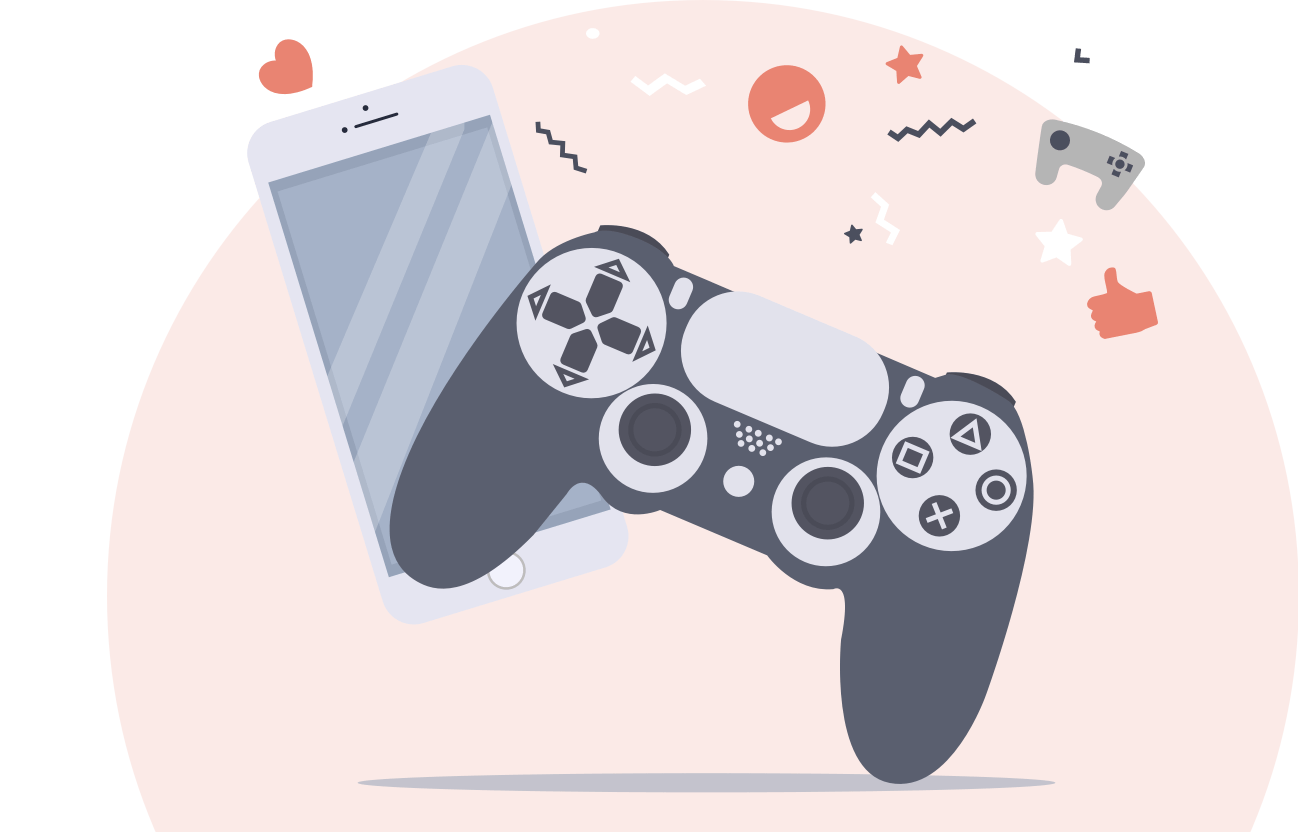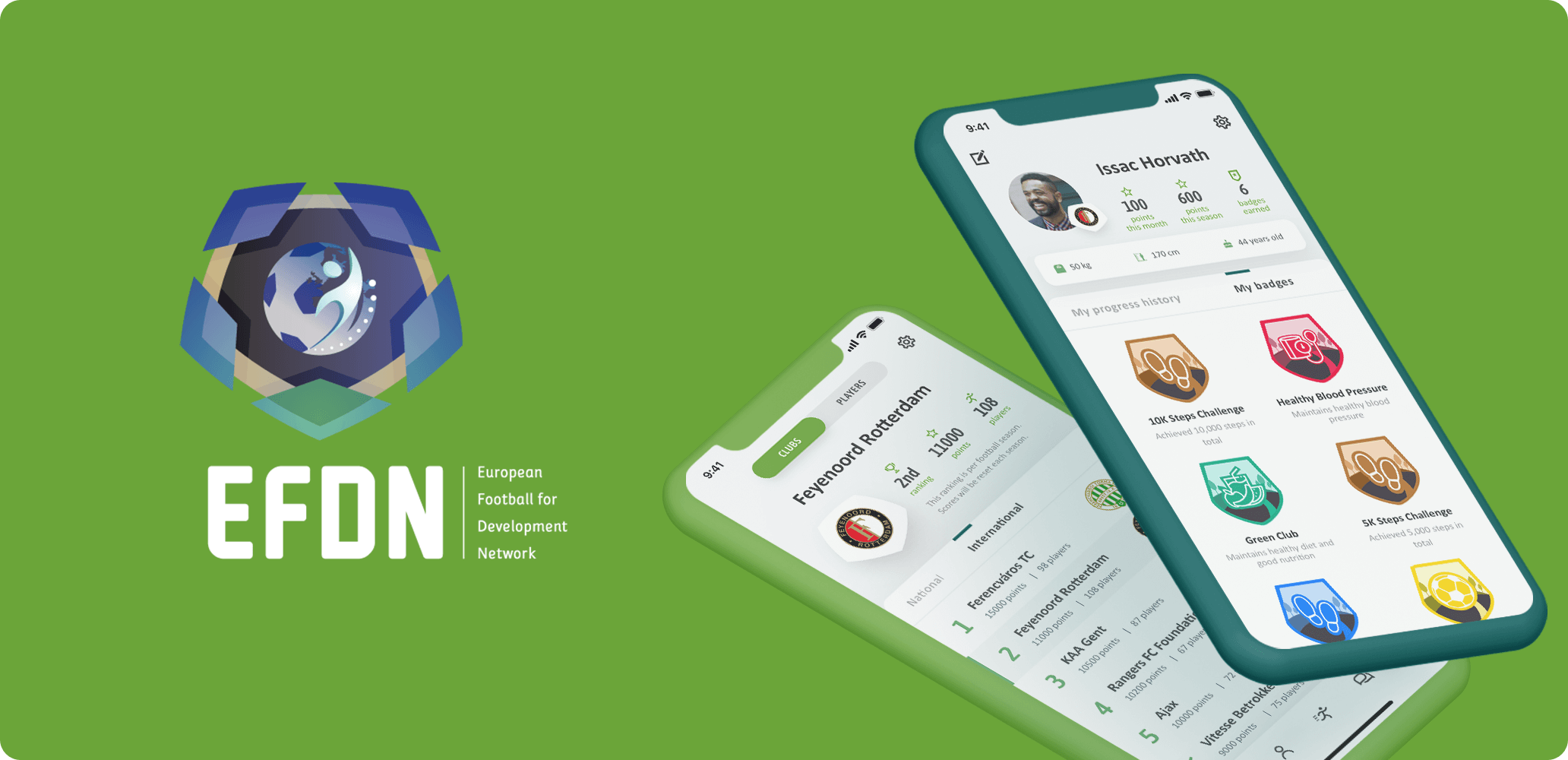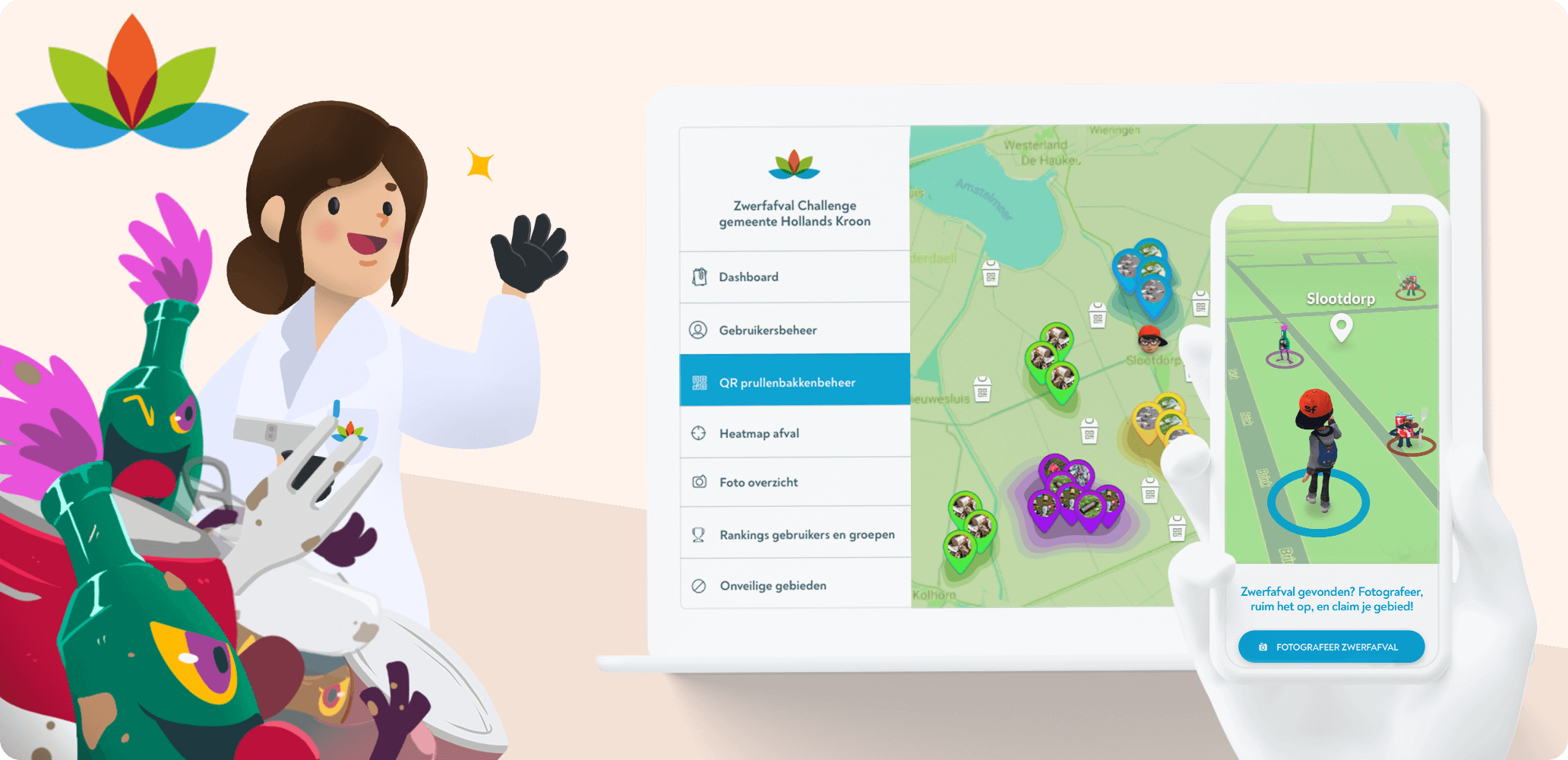5 mins read

Gamification – you’ve probably heard of it before. In a nutshell, gamification is the use of game principles and techniques to positively influence and enhance the behaviour of a target audience. These principles are not only applied in the gaming industry—sectors such as education, science, and marketing have also widely adopted gamification. It is a powerful tool that drives higher conversions and increased engagement with your audience. In this article, we will explore what gamification is and how it can be applied.
Could gamification contribute to your organisation’s goals? Or would you like to have an app created that uses gamification to increase conversion? Feel free to contact us for a no-obligation consultation and discover the possibilities.
A commonly used definition of gamification is:
| The application of game principles and techniques in a non-game environment to positively influence human behaviour.
In this context, gamification is applied in a non-game environment, such as education, business, and healthcare. Game principles and techniques serve as tools to positively influence behaviour, increase engagement, and facilitate knowledge transfer in a playful manner.
There are various ways to incorporate gamification into apps. In this section, we will explore three different methods of applying gamification in apps, including examples from DTT’s portfolio.
Rewards
One of the most effective ways to motivate people is by rewarding user actions. There are different reward systems; for example, you can give users an immediate reward after a specific action, encouraging them to continue. Rewards can take various forms, such as points or unlocking new content.
An app that implements a rewards system is the Famiflora loyalty app, developed for Famiflora in Mouscron, Belgium’s largest garden and decoration centre. Users can link their loyalty cards to the app and earn points with every purchase. This motivates users to shop at Famiflora, and the collected points can be exchanged for exciting rewards, such as a free bonsai tree or a discount voucher.
Collecting
Humans are natural hunters and gatherers—it’s in our DNA. That’s why collecting is a powerful motivator. By giving users something to collect, you allow them to create their own goals. Collecting provides a sense of achievement when reaching objectives, and collections (such as badges, points, or prizes) can be shared and compared with others.
An example of an app where we applied this gamification element is the Healthy Football League app. The European Football for Development Network (EFDN) aimed to promote an active and healthy lifestyle. Simply tracking walking and cycling distances wasn’t enough to keep users motivated. To boost engagement, badges were added as rewards for achieving different milestones, which users could then share on social media.

Progress Tracking
We’ve all been there—you start filling out a survey, thinking it’ll take just five minutes, only to realise ten minutes later that there’s no end in sight. Surveys like these often have low completion rates because people prefer to know in advance how long a process will take and whether their actions are bringing them closer to the end goal. By breaking the process into steps or showing remaining time, you create transparency. When users see their progress, they are more motivated to continue.
One example where we implemented this gamification element is the Kantinescan by the Dutch Nutrition Centre. The purpose of the Kantinescan is to help organisations set up their canteens in a way that promotes healthy eating choices. Users complete a scan and receive a score in the form of an advisory report. Since completing the scan takes some time, we divided the process into different sections, displaying a percentage to indicate progress.
Combination
Of course, it’s also possible to combine all the above elements. An educational app that incorporates gamification is the Litter Challenge, developed in collaboration with the municipality of Hollands Kroon. The goal of the app? To actively engage primary school children in keeping their community clean while playfully educating them about sustainability and culture. The app rewards users for achieving specific goals with badges, allows them to collect clothing and accessories when they level up, and tracks how many ‘Experience Points’ they need to progress to the next level.

Do you want to increase motivation and engagement among your audience through gamification? We’d love to discuss your ideas and help bring them to life. Whatever your goal, together with your vision and our expertise, we can achieve the desired outcome. Contact us for a no-obligation consultation.
